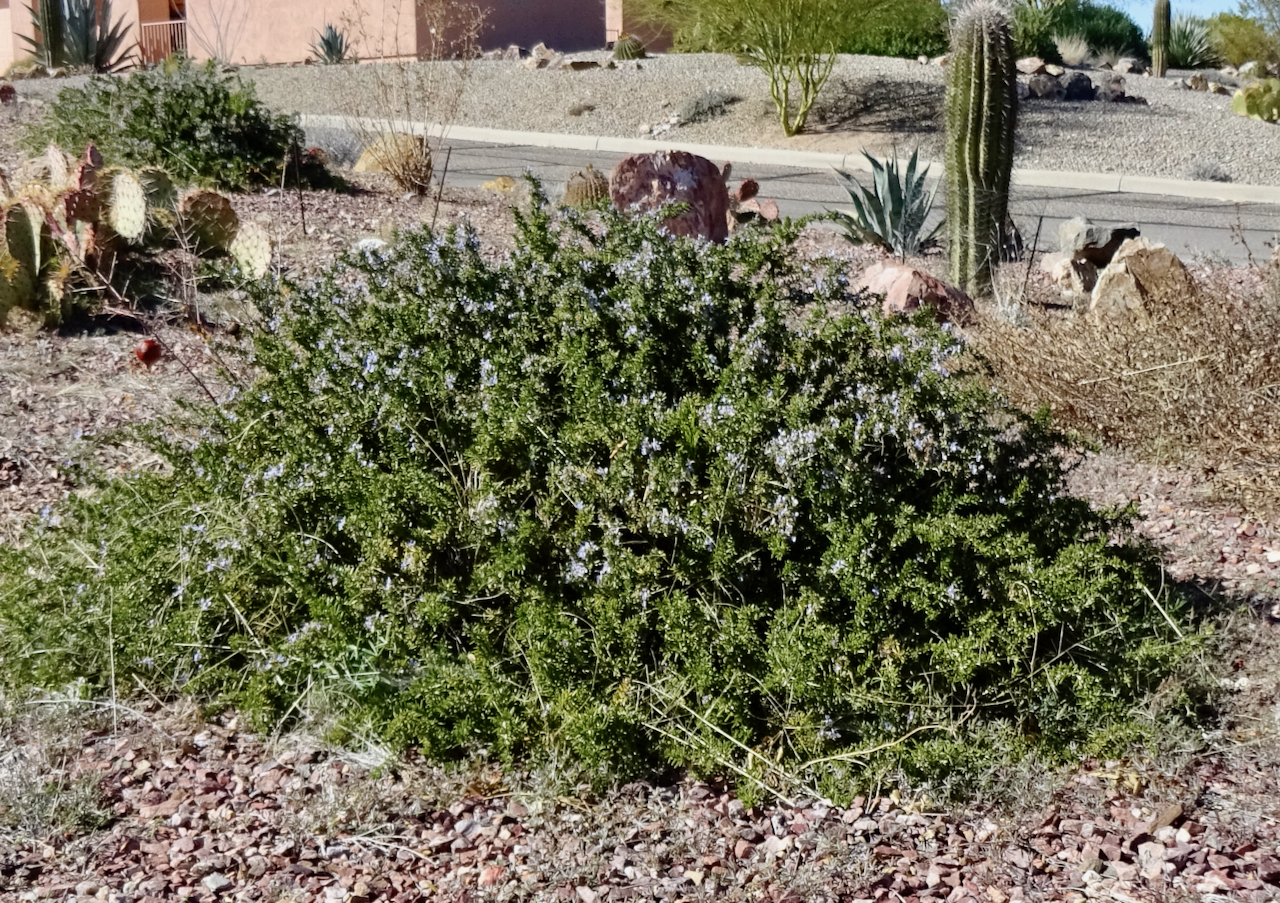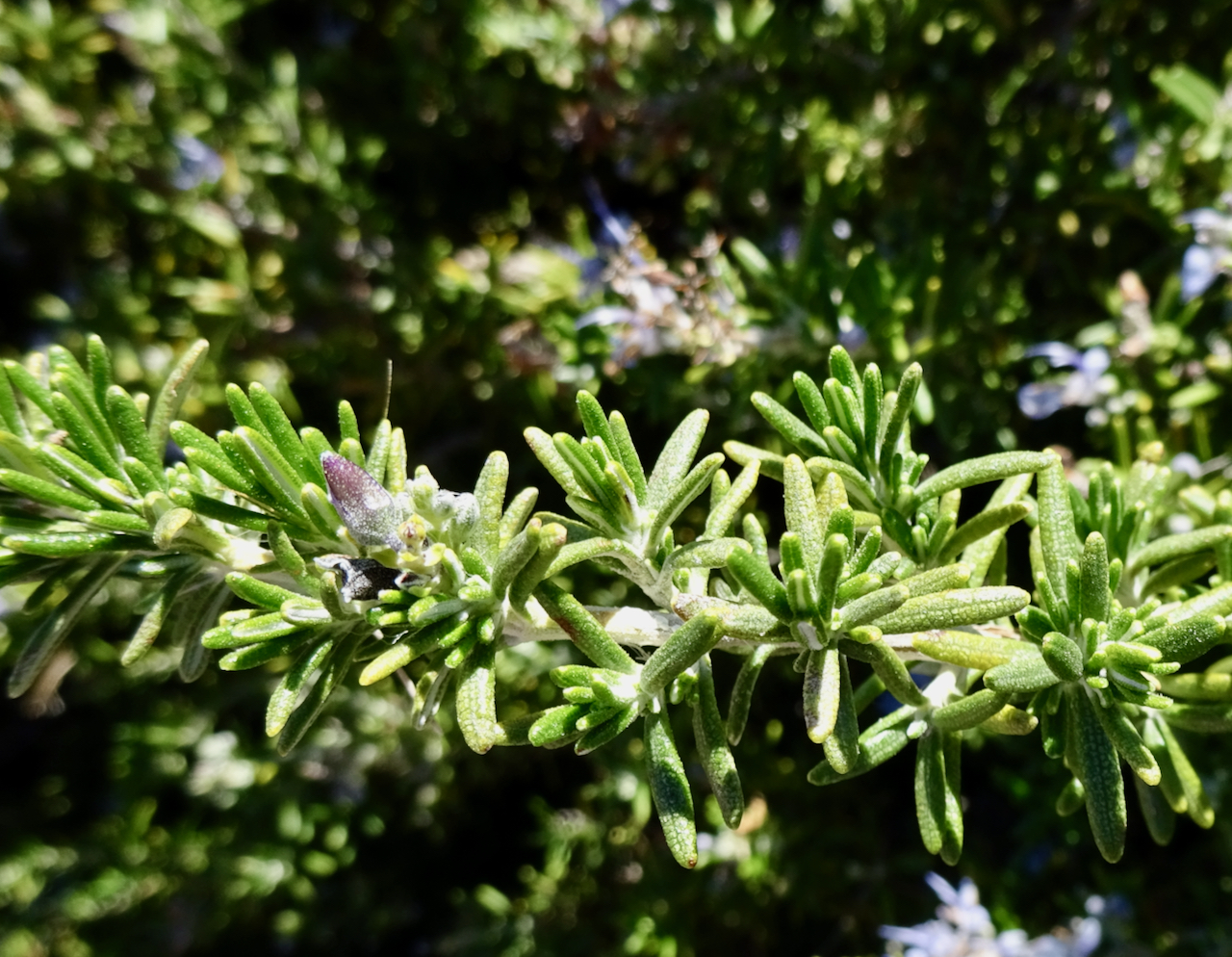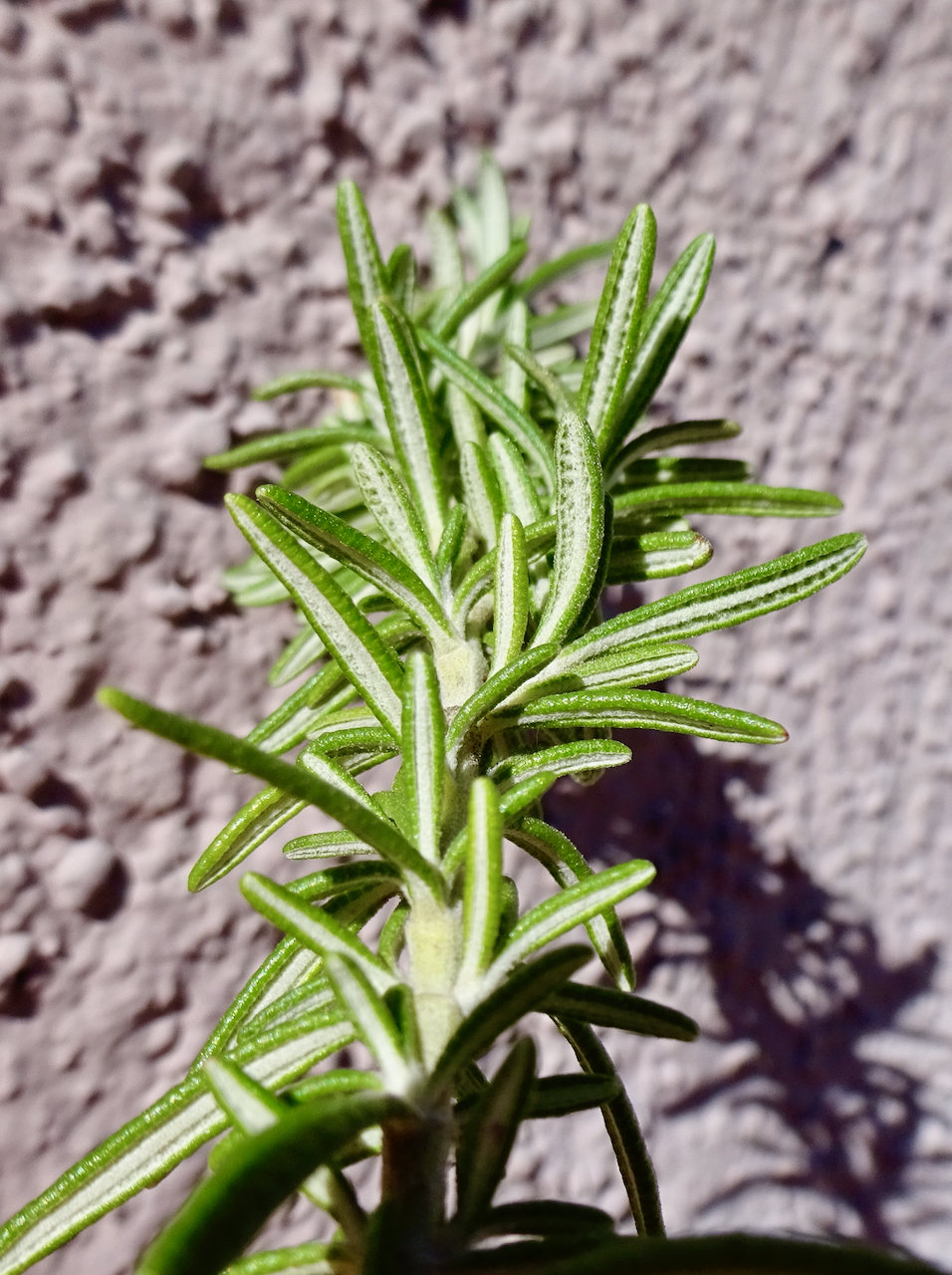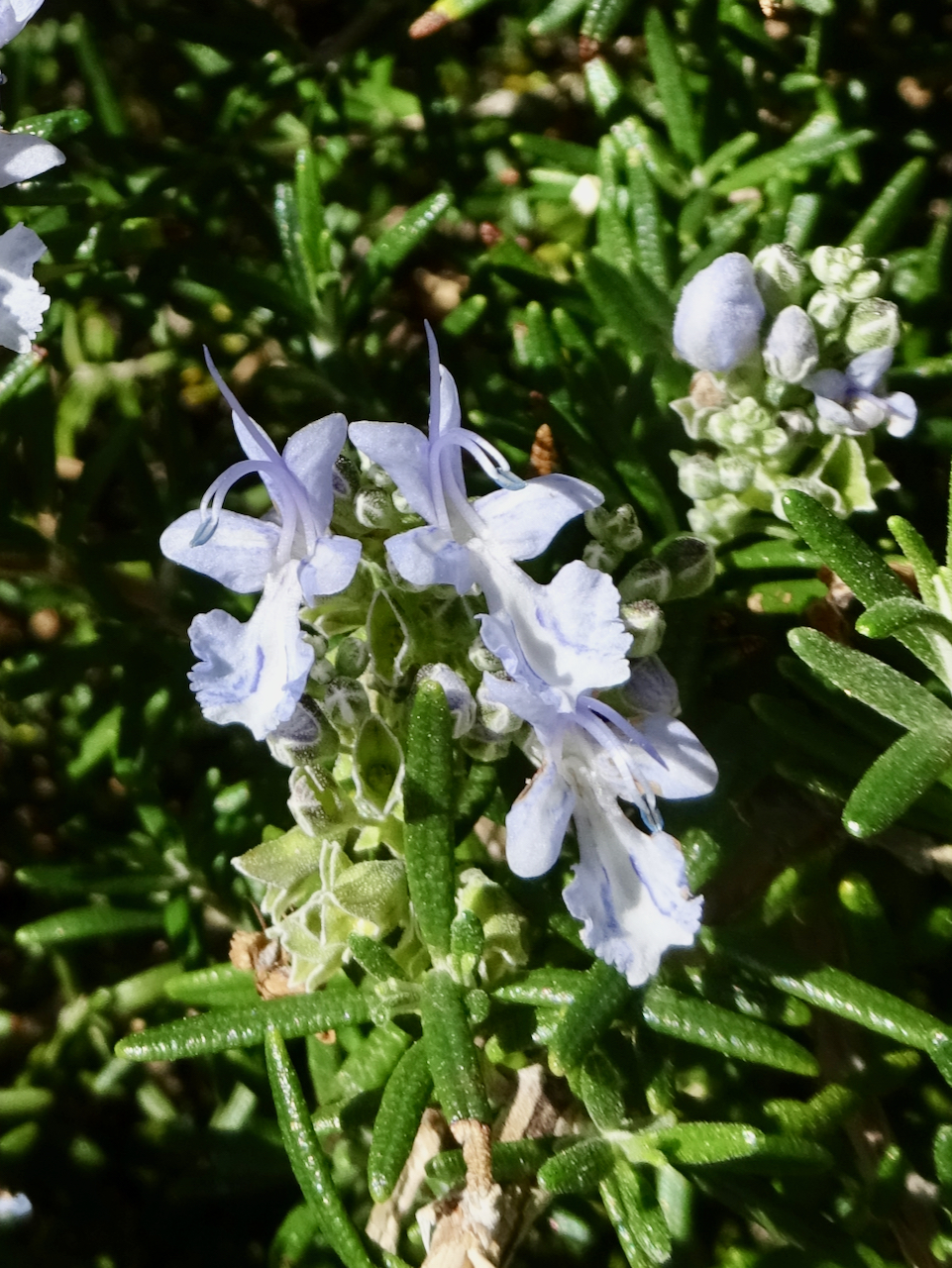Rosemary
Salvia rosmarinus
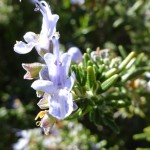
About the Plant
Rosemary is a Mediterranean plant grown as a culinary herb and for its attractive dark green foliage. Blue to violet flowers appear January to April. Rosemary is a woody plant that can be prostrate, upright, or spreading, depending on the variety. Select the prostrate form to hang attractively over a wall or side of a pot.
Rosemary absolutely requires well-drained soil. It grows in cooler weather and suffers in high heat. Be careful not to over-irrigate — this will cause the plant to be soft, floppy, large, and prone to root rot. Prune lightly to keep the plant dense and tidy but do not cut back into old woody stems. They will not produce new growth. Most rosemary selections will be damaged if temperatures fall below 15°F. The variety 'Arp' is hardy to 0°F.
If you wish to grow rosemary for kitchen use, taste a leaf before you purchase a plant. Avoid plants with strong pine or turpentine flavors.
Note: The previous scientific name for this plant was Rosmarinus officinalis.
Wildlife value: bees are strongly attracted to the flowers
More Information:
Horticultural information from ASU
Information on selections from Sunset Magazine
In books:
Perennials for the Southwest by Mary Irish, page 212
ID Characteristics
This plant is in the Lamiaceae - the mint family.
Rosemary can be upright, spreading, or prostrate. It is usually less than 4 feet in height and can spread to 6 feet.
Rosemary leaves are opposite, slender, needle-like, usually less than an inch long. The upper side is dark green. The underside often appears to have a white stripe down the center.
Rosemary flowers are the typical irregular flowers found in the mint family. They are small and can range in color from light to dark blue and violet, to pink and white. The fruit is inconspicuous.
